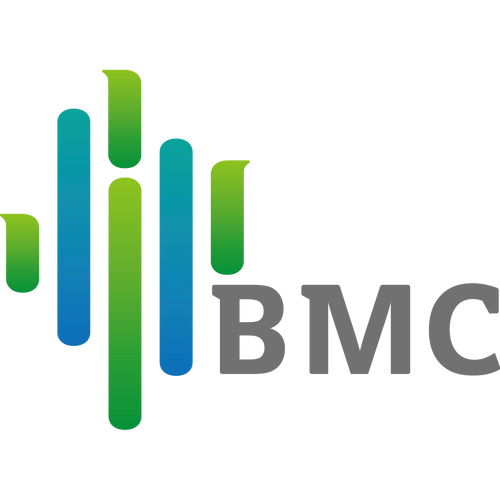However, many people often confuse these two devices together. What is the difference between an oxygen concentrator and a BPAP machine? When can it be used in conjunction?
Oxygen Concentrator
Most household oxygen concentrators use the adsorption properties of molecular sieves to separate nitrogen and oxygen in the air through physical principles and a large-displacement oil-free compressor, resulting in a high concentration of oxygen.

It is mainly suitable for oxygen therapy and oxygen health care for various groups of people.
Note: Oxygen therapy is only an adjunct to correct pathological hypoxia, it cannot fundamentally address the cause of hypoxia.
The Difference
- The output gas is different: the BPAP machine outputs air, which is an effective means of artificial assisted ventilation; the oxygen concentrator outputs oxygen to increase the oxygen content of the human body.
- The parameter settings are different: the BPAP machine can adjust the mode, treatment pressure, humidification and other parameters; the oxygen concentrator can only adjust the oxygen flow.
- Different indications: BPAP machine is used for dyspnea caused by various reasons; an oxygen concentrator is an important means to correct human hypoxia.
- The effect is different: the BPAP machine can help patients perform breathing work, relieve respiratory muscle fatigue, and assist breathing well, but it cannot increase the oxygen content and oxygen reserve in the blood in time. An oxygen concentrator purifies and purifies the oxygen in the air and provides it to patients, which can improve hypoxia and improve the body's metabolism and immunity.
How to choose?
The doctor's decision will be based on a combination of conditions, usually looking at the presence of carbon dioxide retention.
Patients with type Ⅰ respiratory failure: It is recommended to buy an oxygen concentrator. In the early stage of some lung diseases, there is only hypoxia and no carbon dioxide retention. Because the diffusion rate of carbon dioxide is 20 times that of oxygen, more carbon dioxide is exchanged than oxygen in the same period of time. As long as there is no serious ventilation problem, generally there will be no problem of carbon dioxide retention.
Patients with type Ⅱ respiratory failure: It is recommended to use the two in combination.
At this stage, the patient's small airway is severely obstructed and gas exchange is difficult. Not only will there be hypoxia, but also carbon dioxide retention. Oxygen inhalation alone cannot solve all problems. The combined use of the two can achieve better therapeutic effect.
It is best to choose a BPAP machine with ST mode and a 5L home oxygen concentrator.
The BPAP machine in ST mode can help patients expel excess gas in the alveoli, thereby performing an effective gas exchange, reducing the symptoms of dyspnea, and relieving the pressure on the diaphragm.
Since the BPAP machine blows out air, when the air is mixed with the oxygen from the oxygen generator, the oxygen concentration will be greatly reduced. Only oxygen concentrators larger than 5L can ensure that when used with a ventilator, the oxygen concentration can be guaranteed to be above 90% when the oxygen flow rate is 4-5L.



